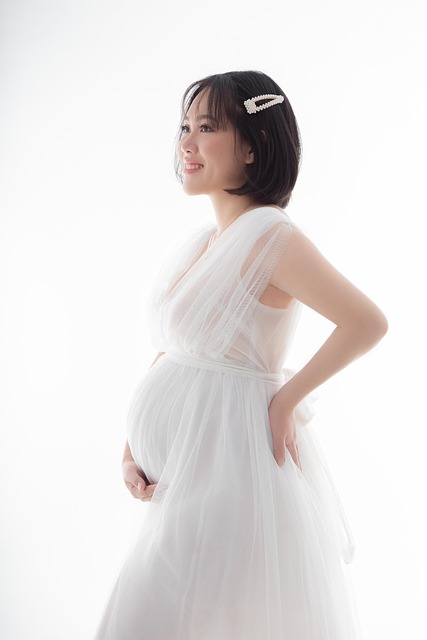In our household, the question of whether my partner and I belong to the same generation comes up frequently. My partner, Mark, was born in 1965, while I was born in 1980. Some might classify him as a late Baby Boomer and me as an early Millennial. However, we both firmly identify as members of Generation X. The age gap, while notable, doesn’t create a divide that feels significant. Mark doesn’t resonate with the experiences of my Baby Boomer parents, and I certainly do not relate to the Millennial experiences of our younger relatives.
Our discussions about shared cultural references serve not only to reassure him that he’s not robbing the cradle, but also to quell my anxieties about potentially caring for an aging spouse while managing my own aging parents (a thought I reserve for sleepless nights). More importantly, they highlight the common experiences that shaped us during our formative years.
Five Key Aspects of Our Shared Generational Identity
- The Fear of Nuclear War: Although the Cold War wasn’t as threatening during our childhoods as it was for previous generations, both of us held a palpable fear of nuclear conflict. Mark recalls feeling uneasy when President Reagan joked about bombing Russia, while I worried that he might impulsively initiate World War III. Our younger siblings, however, lack these Cold War memories entirely.
- Post-Vietnam Era: We were both influenced by the aftermath of the Vietnam War, listening to our fathers recount their draft evasion stories. Mark’s father, a physician, managed to avoid service, while my stepdad and biological father, both California hippies, escaped due to their draft numbers and conscientious objector status. We are a generation distanced from the direct impacts of that war, unlike the Boomers we know.
- The AIDS Epidemic: Both of us became sexually active during the rise of the AIDS epidemic, carrying the weight of fear and caution in our early relationships. With the specter of HIV looming over us, we regularly sought testing before committing to monogamous partners. Today’s Millennials don’t share that same level of anxiety about the disease, thanks to significant medical advancements and improved public awareness.
- Shared Pop Culture: We both grew up enjoying shows like Three’s Company and music from bands such as The Cure and Duran Duran. We even recall the excitement surrounding the release of R.E.M.’s Automatic for the People on its iconic yellow cassette. This common cultural backdrop enriches our relationship, despite our age gap.
- Typewriters and Technology: Both of us used typewriters for school assignments before transitioning to computers. Neither of us had access to the internet or cell phones during our high school years. I remember the skepticism when one of my college roommates suggested getting a shared house phone, a concept that now seems ludicrous. While we are not digital natives, we have adapted to new technology better than some older generations.
Although there is a 15-year gap between us, the shared experiences that shaped our lives make this difference feel minimal. However, I sometimes wonder how our dynamic might shift if Mark were to develop dementia and lose his memories—though that’s a concern for another day.
For more insights on becoming a parent, you can explore our article on home insemination kits and discover expert resources on infertility treatment here.
Summary
This article discusses how a couple with a 15-year age difference identifies as part of Generation X, sharing common fears, cultural experiences, and technological transitions. Their bond highlights how these shared generational traits can create a strong foundation for their relationship, despite societal classifications.
Keyphrase: generational identity in relationships
Tags: [“home insemination kit”, “home insemination syringe”, “self insemination”]
